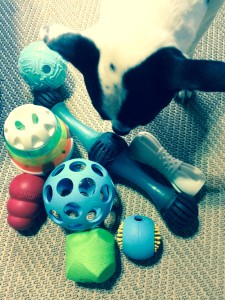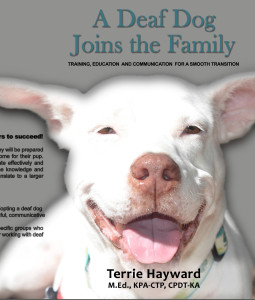Will Work for Food. The Value of a Food Puzzle Vs a Bowl.
 Contrary to popular belief, dogs would prefer not to eat straight out of the bowl, but rather, if given the choice, opt to work for their food. Although it seems counter intuitive, animals enjoy and are instinctually built to search for their meals.
Contrary to popular belief, dogs would prefer not to eat straight out of the bowl, but rather, if given the choice, opt to work for their food. Although it seems counter intuitive, animals enjoy and are instinctually built to search for their meals.
The science behind this phenomenon is called contra freeloading and it has been demonstrated that when offered a choice between food provided or food that requires effort, the animal prefers the food that requires effort.
When animals must seek out, search for, or work for their food it helps them to interact with and find out more information about their environment.
Furthermore, making meal times into a game and thus providing mental stimulation has great benefits for our dogs. Giving pups a job to do, engaging their minds, allowing them to use their behavior on the environment are all key factors towards decreasing boredom, creating a “thinking” dog, and helping your furry friend to be more independent and confident!
Bowls are a wasted opportunity for your dog. Instead of giving your canine their next meal in a dish or a bowl, try using a Kong (http://dogs.thefuntimesguide.com/2006/02/dog_recipes_for_kong_chew_toys.php), or a Tricky Treat Ball, or a Waggle!
In addition to commercial dog puzzles, there are many DIY toys that you can create. Dogs, love to hunt, search, and use their keen sense of smell. As such, toss some of their kibble into an empty paper towel roll, squish the ends closed, pop into a box with some crunched up newspaper, and let the “treasure hunt” begin!
Another idea is to use an old plastic bottle and put the kibble inside. Leave the cap on or off. Make some additional holes in the sides for an easier version at the start, and let your dog figure out how to move and toss it around to get his food to come out!
By providing behavioral enrichment for your pet dog (or other animal!) you will reduce problem behaviors and increase learning and retention capacity. A win/win situation for all!
*With all food puzzles, animals should be supervised during use. Particular care should be taken with home-made puzzles.


